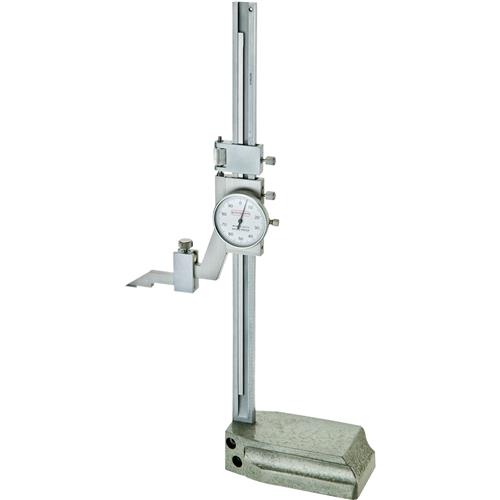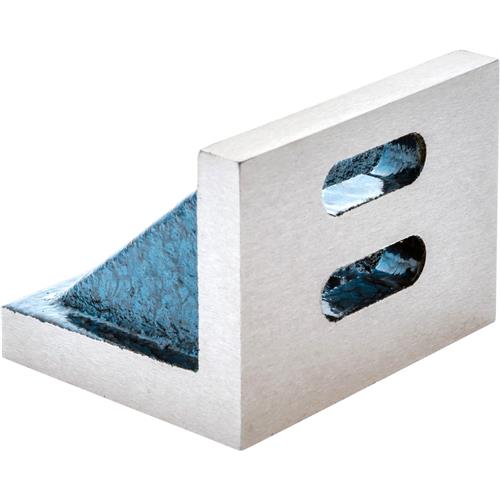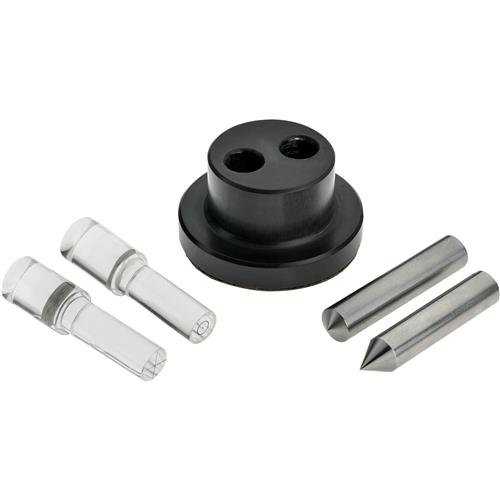Tin Falcon
Well-Known Member
- Joined
- Jul 9, 2007
- Messages
- 7,207
- Reaction score
- 787
many new folks struggle with accurate hole layout.
For those who have cnc or a Digital Read out DRO simply put in the numbers and check hole locations after a quick peck into the part. but even with dro or cnc a good layout can prevent errors.
there are varied ways to lay out parts the army TC 9-524 covers basic layout. as does the MIT video series. here is how I do a basic hole layout. start with a squared up piece . you NEED two finished edges that are perpendicular (square) to each other. use a poster marker to dye the part.

scribe lines with one of these.

sitting on a granite surface plate and resting against

Once all lines are scribed use an optical center punch to punch centers of the holes.

Above photo grizzly tools
Then center punch with one of these:

photo HF tools
Then drill with a thin drill bit like 1/16 this will follow the punch mark. then with a spot drill . the a pilot drill and finish drill .
Hope this helps.
for bolt circles I like a 6 hole cirlce it so happens that the radius of the circle and the cord distance between hols is the same.
or you can use the above method to lay out after converting from polar to rectangular coordinates. This can be done with math or consuting the machinery handbook.
Hope this helps
tin
And other fell free to add your favorite method .
For those who have cnc or a Digital Read out DRO simply put in the numbers and check hole locations after a quick peck into the part. but even with dro or cnc a good layout can prevent errors.
there are varied ways to lay out parts the army TC 9-524 covers basic layout. as does the MIT video series. here is how I do a basic hole layout. start with a squared up piece . you NEED two finished edges that are perpendicular (square) to each other. use a poster marker to dye the part.
scribe lines with one of these.

sitting on a granite surface plate and resting against

Once all lines are scribed use an optical center punch to punch centers of the holes.

Above photo grizzly tools
Then center punch with one of these:

photo HF tools
Then drill with a thin drill bit like 1/16 this will follow the punch mark. then with a spot drill . the a pilot drill and finish drill .
Hope this helps.
for bolt circles I like a 6 hole cirlce it so happens that the radius of the circle and the cord distance between hols is the same.
or you can use the above method to lay out after converting from polar to rectangular coordinates. This can be done with math or consuting the machinery handbook.
Hope this helps
tin
And other fell free to add your favorite method .







